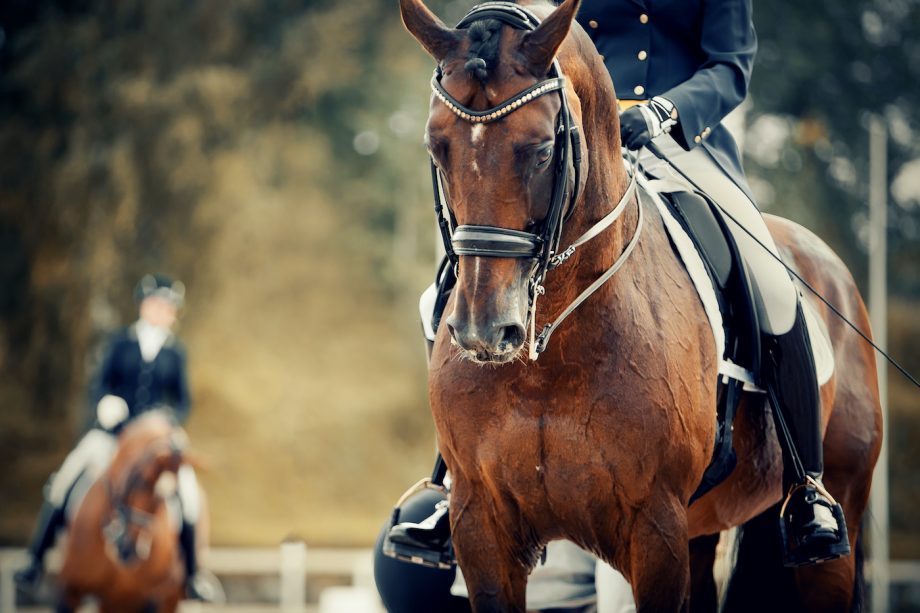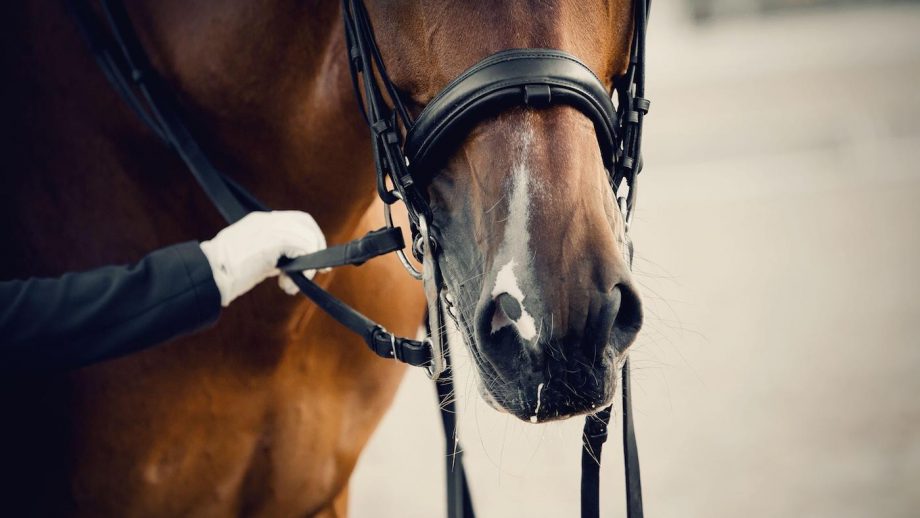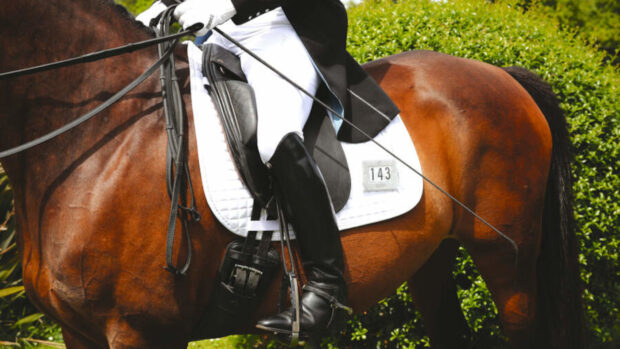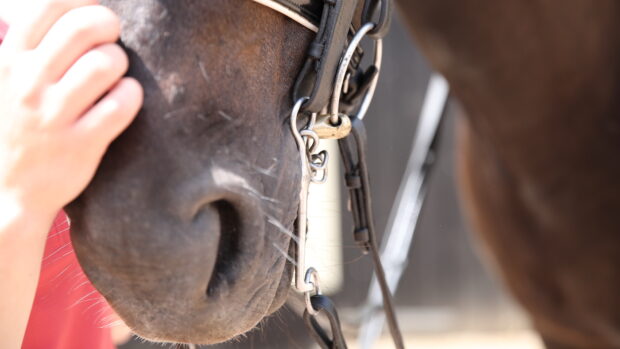Riders should be given the option to use a snaffle bridle instead of a double in all international dressage, according to a leading equine research support body.
The call came from the International Society for Equitation Science (ISES), which promotes equine welfare by improving horse and human interactions through research and using evidence-based practices, in an open letter to the FEI.
It follows the release of the first draft of FEI rules for 2024, which does not include a recommendation from the Equine Ethics and Wellbeing Commission (EEWC) to give riders at grand prix the choice to use a double bridle or not.
Their reasoning comes from their support of the “precautionary principle” – this means considering the possibility of harm when conclusive evidence is not yet available.
The group “strongly endorses” the commission’s work, particularly the development of the 30 recommendations and proposed adoption of the vision of a “good life for horses” (news, 4 May).
“On matters where there are important ethical concerns, such as the mandatory use of double bridles at grand prix level in dressage, there may be a difference between the perspectives of stakeholders and animal welfare researchers,” states the letter.
“While stakeholders may consider scientific evidence of any welfare risk to be lacking, welfare scientists caution the dangers of such a perspective.
“Therefore, ISES supports the application of the ‘precautionary principle’, where any doubts that may exist in any situation surrounding horse welfare, the outcome should favour the interests of the horse until such time that research reveals there to be no welfare risk.”
The letter adds: “ISES is supportive of there being choice for riders in favour of their horses’ welfare in relation to use of the double bridle. ISES is disappointed that the FEI proposed rule changes do not reflect the early recommendation made by the EEWC regarding deregulating the mandatory use of a double bridle for any discipline.
“ISES believes that continuing to require all riders at FEI grand prix level to use a double bridle is not in the best interest of horse welfare.
“Many national federations have responded by allowing riders the choice to use a snaffle bridle at grand prix level, and Sweden for example has proposed that the use of the double bridle be optional for FEI competitions, as per the EEWC recommendation.
“ISES strongly encourages the FEI to support the EEWC early recommendation to allow riders to make better choices in favour of the welfare of their horses.”
ISES also supports the FEI’s proposed rule to use an objective device, rather than fingers, to measure noseband tightness. The FEI has not yet set out how it intends to do this, and ISES is “disappointed” that the federation “remains uncommitted” to measurement on the front of the horse’s nose “despite the significant body of evidence” supporting this outlined by the EEWC.
“ISES believes that the actual maximum tightness should be clearly articulated in line with the research that is available, and the device should measure tightness where the pressure is known to be greatest,” states the letter.
H&H has contacted the FEI for a response.
The FEI draft rules undergo revisions before they are voted on at the general assembly in November, meaning that the current draft is not yet set in stone. This first draft includes the proposal to introduce an “FEI objective measuring tool, which will provide the repeatability and consistency in measuring the tightness of nosebands” (news, 13 July). The FEI intends to outline measuring protocols in a “flexible document, not regulated in the rules, and amended if needed”.
World Horse Welfare CEO Roly Owers told H&H: “Ethics – and the ongoing maintenance of equestrianism’s social licence – will always support the precautionary approach as a guiding principle.
“This is especially relevant where a growing evidence base suggests that a change would be beneficial, as it is our responsibility to base our decisions on the safeguarding of horses’ welfare.
“Producing robust scientific evidence takes time, money and commitment, and in this regard invoking the precautionary principle requires a fundamental change of thinking.
“Where evidence is growing that a practice may threaten equine welfare, we should not maintain the status quo, but changes should be made, changes that can always be reversed if the balance of evidence ultimately shows that they are unnecessary.”
You might also be interested in:

Laura Tomlinson: ‘Will the double bridle be consigned to history?’

Anna Ross: why not allow riders a choice of bridle in top FEI grand prix dressage?

‘Controversial’ proposal around double bridles and spurs sparks debate

Double bridle debate continues – as FEI dressage committee has its say

Subscribe to Horse & Hound magazine today – and enjoy unlimited website access all year round
Horse & Hound magazine, out every Thursday, is packed with all the latest news and reports, as well as interviews, specials, nostalgia, vet and training advice. Find how you can enjoy the magazine delivered to your door every week, plus options to upgrade your subscription to access our online service that brings you breaking news and reports as well as other benefits.




